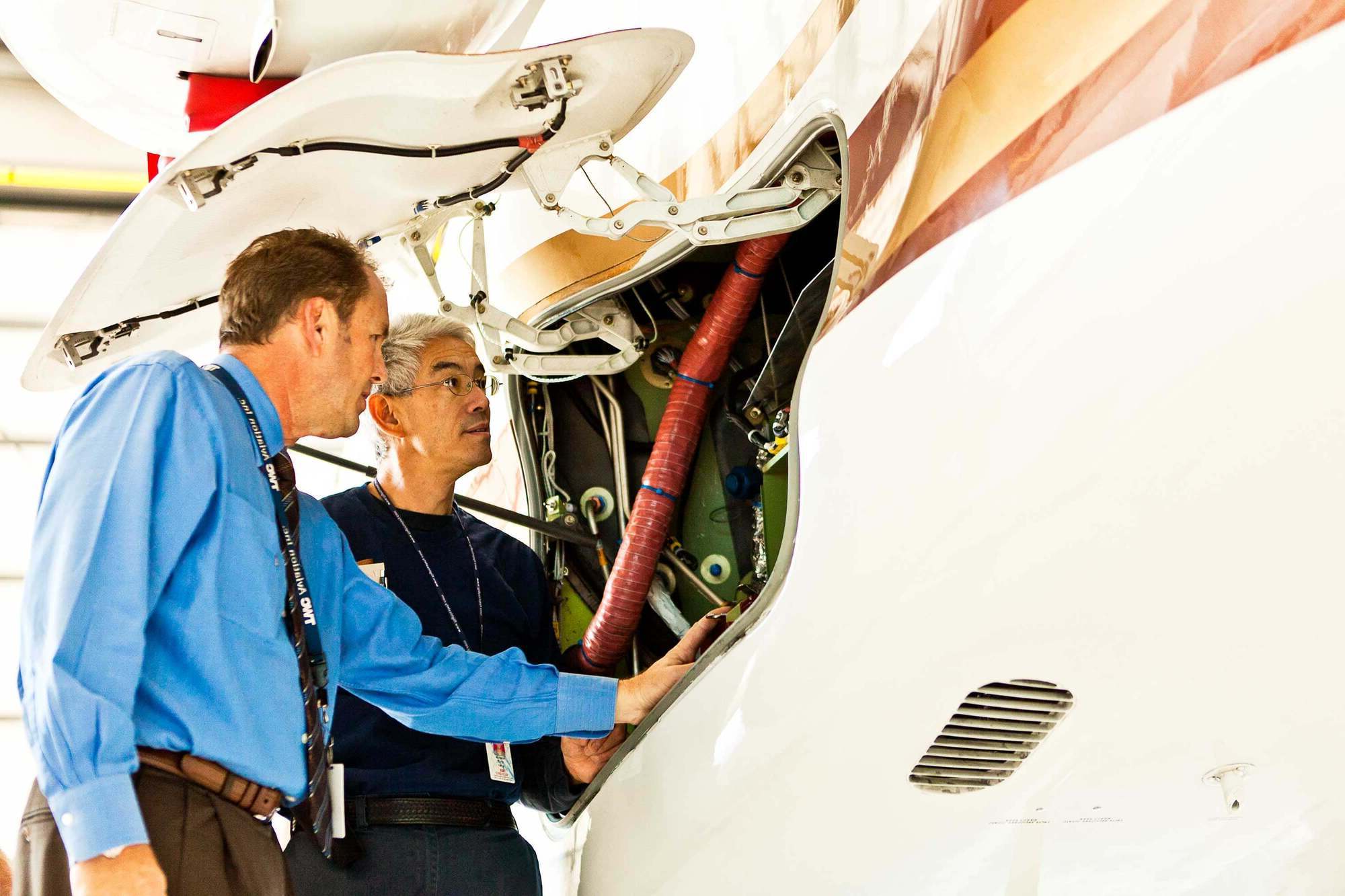
Crew Resource Management (CRM) is a game-changer in aviation safety. But what exactly is it? CRM focuses on teamwork, communication, and decision-making in the cockpit. It’s not just about flying the plane; it’s about how pilots and crew work together to handle any situation. This approach has saved countless lives by reducing human error. Imagine a team where everyone knows their role, communicates effectively, and makes smart decisions under pressure. That’s CRM in action. Whether you’re an aviation enthusiast or just curious, these 20 facts will give you a deeper understanding of how CRM keeps the skies safer for everyone.
What is Crew Resource Management (CRM)?
Crew Resource Management (CRM) is a set of training procedures used in environments where human error can have devastating effects. Initially developed for aviation, CRM focuses on interpersonal communication, leadership, and decision-making.
-
Origin in Aviation: CRM was first introduced in the aviation industry in the late 1970s to improve safety and reduce human error.
-
NASA's Role: NASA played a significant role in developing CRM after a series of airline accidents highlighted the need for better teamwork and communication.
-
Beyond Aviation: While it started in aviation, CRM principles are now applied in various fields like healthcare, firefighting, and maritime operations.
Key Components of CRM
CRM is built on several core components that ensure effective teamwork and communication. These elements are crucial for the success of CRM in any industry.
-
Communication: Effective communication is the cornerstone of CRM, ensuring that all team members are on the same page.
-
Situational Awareness: This involves being aware of what is happening around you to make informed decisions.
-
Decision Making: CRM emphasizes the importance of making timely and accurate decisions based on available information.
-
Teamwork: Collaboration and mutual support among team members are essential for CRM to work.
-
Leadership: Strong leadership helps guide the team and ensures that CRM principles are followed.
Benefits of CRM
Implementing CRM can lead to numerous benefits, especially in high-stakes environments where errors can be costly.
-
Improved Safety: CRM has been shown to significantly reduce accidents and incidents in various industries.
-
Enhanced Efficiency: Teams that use CRM are often more efficient, as they communicate better and make quicker decisions.
-
Better Morale: CRM fosters a positive work environment, leading to higher job satisfaction and morale.
-
Reduced Stress: By improving communication and teamwork, CRM helps reduce stress among team members.
CRM Training
Training is a critical aspect of CRM, ensuring that all team members understand and can apply its principles effectively.
-
Simulations: Many CRM training programs use simulations to mimic real-life scenarios, allowing teams to practice their skills.
-
Workshops: Interactive workshops are another common method for teaching CRM principles.
-
Ongoing Training: CRM is not a one-time training; it requires continuous learning and practice.
Challenges in Implementing CRM
Despite its benefits, implementing CRM can come with its own set of challenges. Understanding these can help in better adoption.
-
Resistance to Change: Some team members may resist adopting new practices, making it difficult to implement CRM.
-
Cost: CRM training can be expensive, which may be a barrier for some organizations.
-
Time-Consuming: Effective CRM training requires a significant time investment, which can be a challenge for busy teams.
Real-World Applications of CRM
CRM has been successfully applied in various real-world scenarios, proving its effectiveness beyond aviation.
-
Healthcare: In hospitals, CRM helps improve patient safety by enhancing communication among medical staff.
-
Firefighting: Fire departments use CRM to ensure that all team members are coordinated during emergency responses.
Final Thoughts on Crew Resource Management
Crew Resource Management (CRM) has transformed aviation safety. By emphasizing communication, teamwork, and decision-making, CRM has drastically reduced accidents. Pilots and crew members now work together more effectively, ensuring safer flights. Training programs focus on situational awareness and error management, equipping teams to handle unexpected challenges.
CRM principles extend beyond aviation. Industries like healthcare and maritime have adopted similar strategies to improve safety and efficiency. The success of CRM in aviation serves as a model for other fields, proving that structured teamwork and clear communication can save lives.
Understanding CRM's impact highlights the importance of continuous learning and adaptation. As technology and environments evolve, so must our approaches to safety and teamwork. Embracing CRM principles can lead to better outcomes, not just in aviation but in any team-based setting.
Was this page helpful?
Our commitment to delivering trustworthy and engaging content is at the heart of what we do. Each fact on our site is contributed by real users like you, bringing a wealth of diverse insights and information. To ensure the highest standards of accuracy and reliability, our dedicated editors meticulously review each submission. This process guarantees that the facts we share are not only fascinating but also credible. Trust in our commitment to quality and authenticity as you explore and learn with us.


